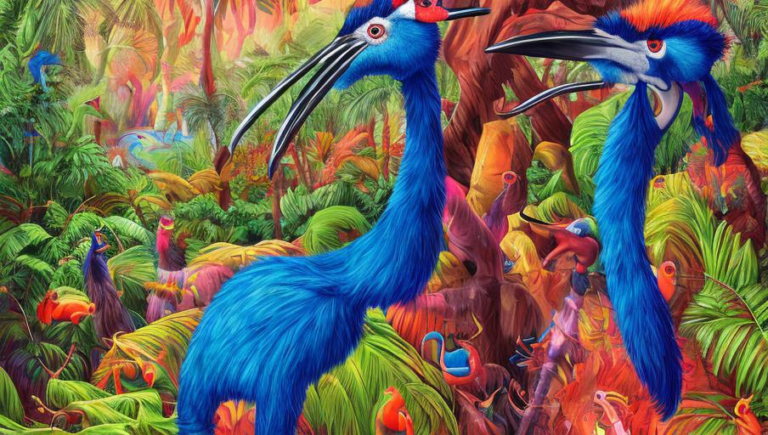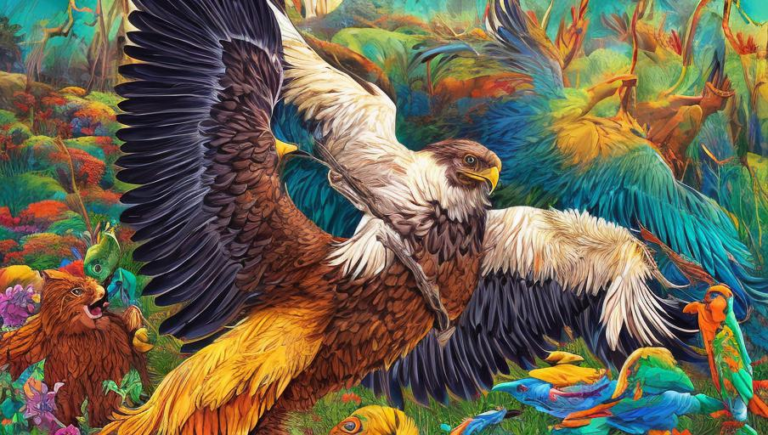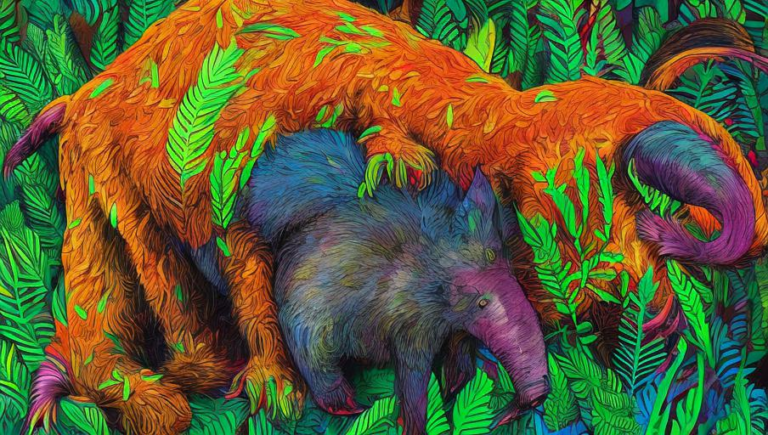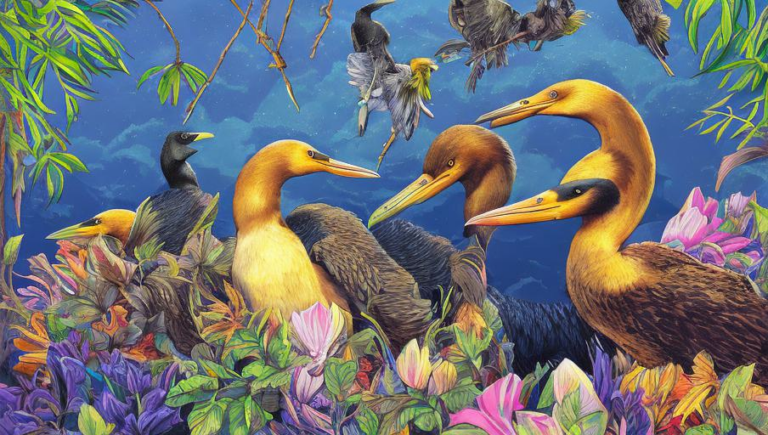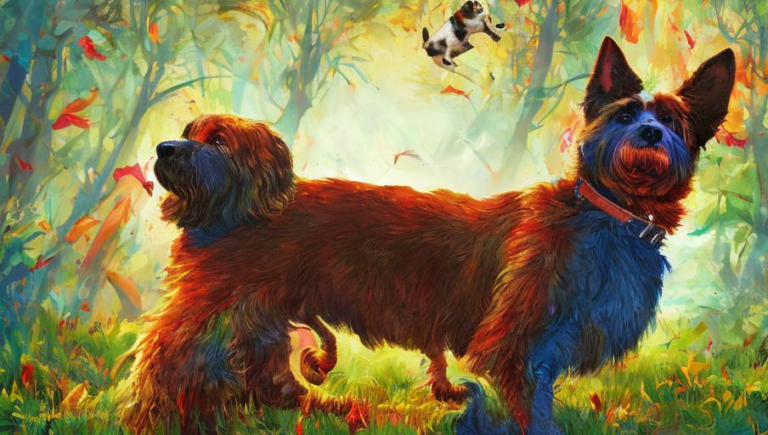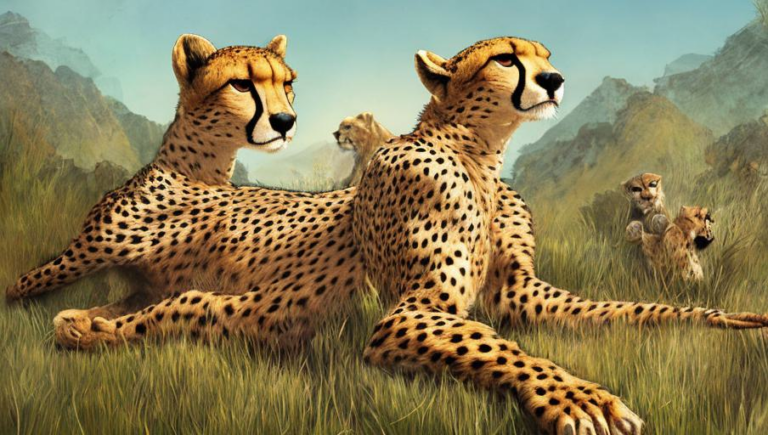Who Should Be Caring for Baboons?
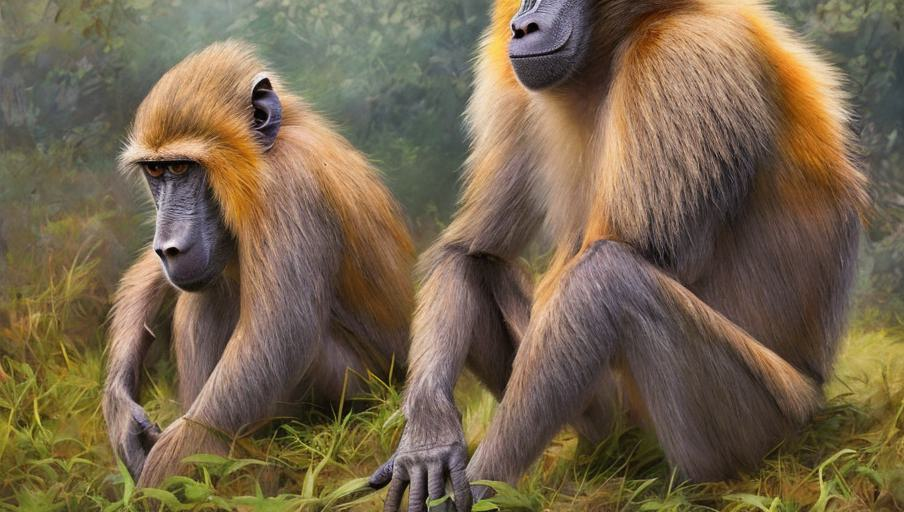
Introduction
Baboons are some of the most iconic animals on the African continent. From their unique facial features to their social behavior, baboons make for fascinating creatures. But unfortunately, they are often neglected when it comes to conservation efforts. This article will explore why baboons need to be cared for, who should be caring for them, and what can be done to ensure their health and safety.
Why Baboons Need to be Cared For
Baboons are facing a variety of threats due to human activity. These threats include habitat loss, poaching, and human-wildlife conflicts. As their habitats are increasingly destroyed, baboons are forced to search for food closer to human settlements, which can cause them to come into conflict with people. Poaching of baboons for their meat, fur, and other products is also a major problem, as is the capture and sale of baby baboons as pets. All of these threats can have a devastating impact on baboon populations, so it is essential that they are protected and cared for.
Who Should Be Caring for Baboons?
The responsibility for caring for baboons should not be borne by a single group or individual. It is essential that governments, local communities, and international organizations all come together to ensure the survival of baboons and their habitats. Governments should create and enforce laws that protect baboons and their habitats, while local communities should provide resources and education on how to coexist with baboons in a sustainable manner. International organizations can help with funding and technical support.
What Can be Done to Ensure Baboons’ Health and Safety?
There are a variety of things that can be done to ensure the health and safety of baboons. The first is to reduce human-wildlife conflicts, by providing resources and education to local communities on how to coexist with baboons. Additionally, efforts should be made to reduce poaching and the illegal capture and sale of baboons as pets. Finally, conservation efforts should be made to protect and restore baboon habitats. This could include reforestation, restoration of grassland and wetlands, and other habitat protection and restoration efforts. Additionally, corridors could be created to allow for safe passage of baboons between different habitats.
Conclusion
Baboons are an incredible species that deserve to be protected and cared for. It is essential that governments, local communities, and international organizations all come together to ensure their health and safety. By reducing human-wildlife conflicts, reducing poaching, and protecting and restoring baboon habitats, it is possible to ensure the survival of baboons and their habitats for generations to come.
